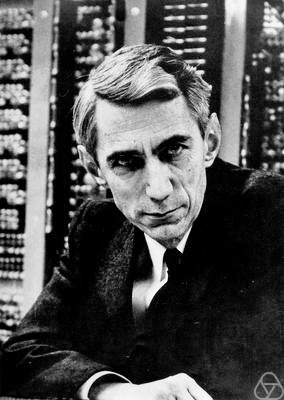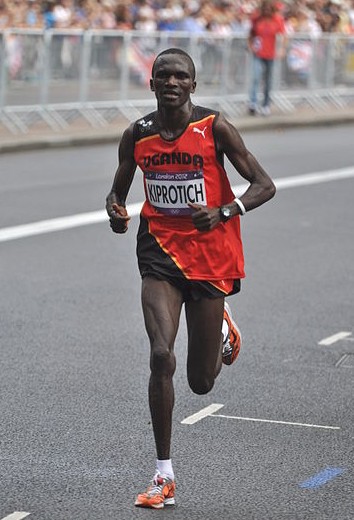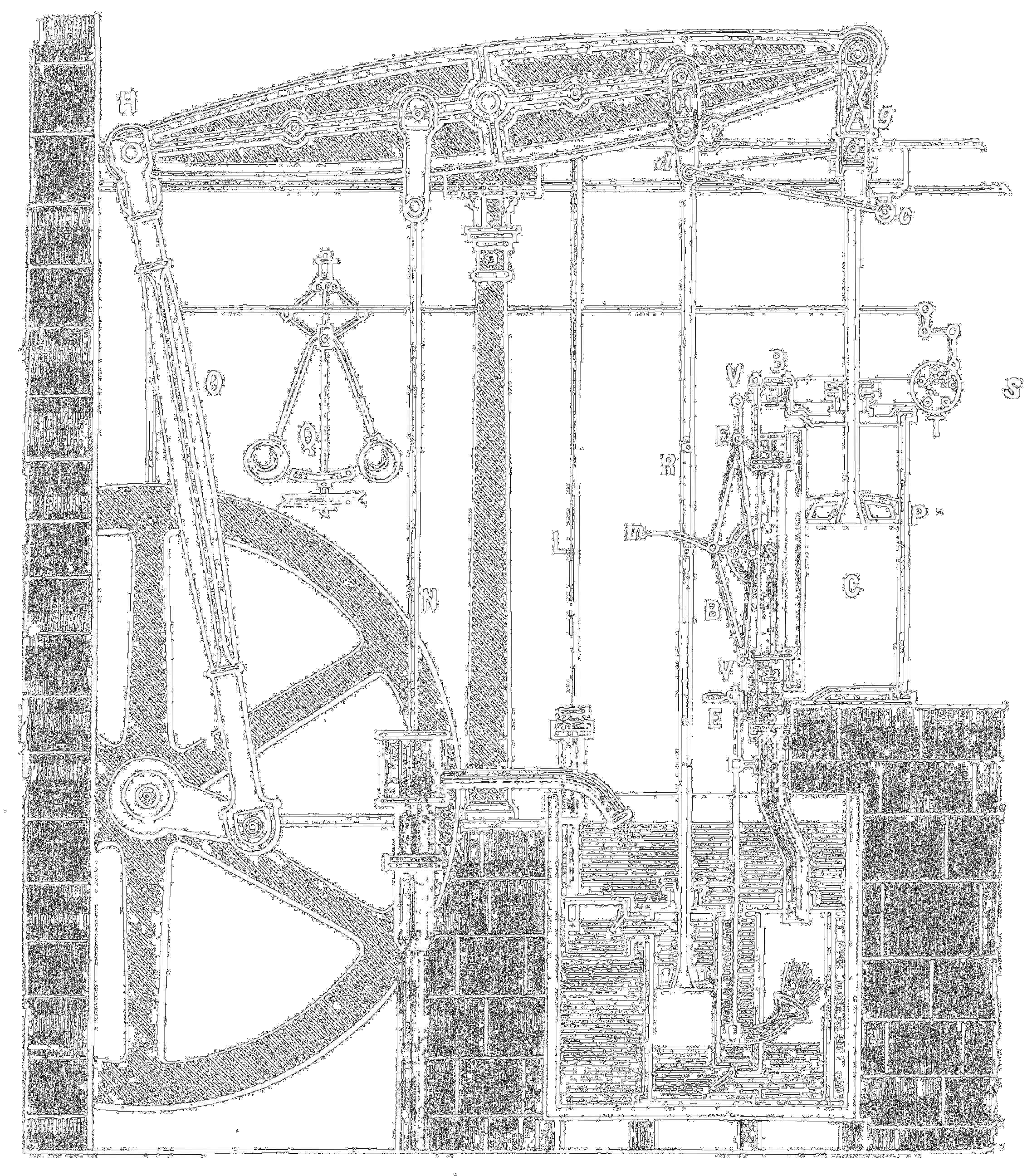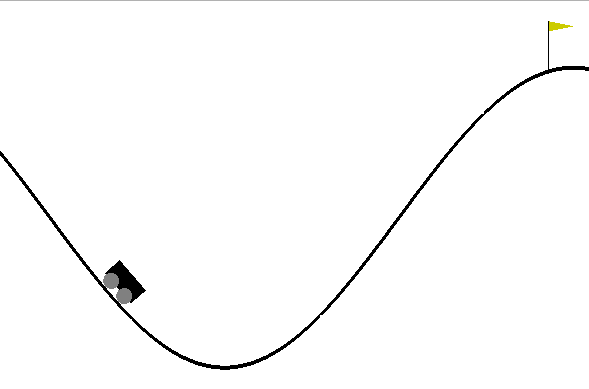Towards Machine Learning Systems Design
Neil D. Lawrence
Towards Machine Learning Systems Design
2018-05-02
Neil D. Lawrence
Amazon Research Cambridge and University of Sheffield
@lawrennd inverseprobability.com
What is Machine Learning?
\[ \text{data} + \text{model} \rightarrow \text{prediction}\]
- \(\text{data}\) : observations, could be actively or passively acquired (meta-data).
- \(\text{model}\) : assumptions, based on previous experience (other data! transfer learning etc), or beliefs about the regularities of the universe. Inductive bias.
- \(\text{prediction}\) : an action to be taken or a categorization or a quality score.
- Royal Society Report: Machine Learning: Power and Promise of Computers that Learn by Example
What is Machine Learning?
\[\text{data} + \text{model} \rightarrow \text{prediction}\]
- To combine data with a model need:
- a prediction function \({f}(\cdot)\) includes our beliefs about the regularities of the universe
- an objective function \({E}(\cdot)\) defines the cost of misprediction.
Machine Learning as the Driver ...
... of two different domains
Data Science: arises from the fact that we now capture data by happenstance.
Artificial Intelligence: emulation of human behaviour.
What does Machine Learning do?
- ML Automates through Data
- Strongly related to statistics.
- Field underpins revolution in data science and AI
- With AI: logic, robotics, computer vision, speech
- With Data Science: databases, data mining, statistics, visualization
"Embodiment Factors"

|

|
|
| compute | ~10 gigaflops | ~ 1000 teraflops? |
| communicate | ~1 gigbit/s | ~ 100 bit/s | (compute/communicate) | 10 | ~ 1013 |
Evolved Relationship
Evolved Relationship
Evolved Relationship
What does Machine Learning do?
- We scale by codifying processes and automating them.
- Ensure components are compatible (Whitworth threads)
- Then interconnect them as efficiently as possible.
- cf Colt 45, Ford Model T
Codify Through Mathematical Functions
How does machine learning work?
Jumper (jersey/sweater) purchase with logistic regression
\[ \text{odds} = \frac{\text{bought}}{\text{not bought}} \]
\[ \log \text{odds} = \beta_0 + \beta_1 \text{age} + \beta_2 \text{latitude}\]
Codify Through Mathematical Functions
How does machine learning work?
Jumper (jersey/sweater) purchase with logistic regression
\[ p(\text{bought}) = {f}\left(\beta_0 + \beta_1 \text{age} + \beta_2 \text{latitude}\right)\]
Codify Through Mathematical Functions
How does machine learning work?
Jumper (jersey/sweater) purchase with logistic regression
\[ p(\text{bought}) = {f}\left(\boldsymbol{\beta}^\top {{\bf {x}}}\right)\]
We call \({f}(\cdot)\) the prediction function
Fit to Data
- Use an objective function
\[{E}(\boldsymbol{\beta}, {\mathbf{Y}}, {{\bf X}})\]
- E.g. least squares
\[{E}(\boldsymbol{\beta}) = \sum_{i=1}^{n}\left({y}_i - {f}({{\bf {x}}}_i)\right)^2\]
Two Components
Prediction function, \({f}(\cdot)\)
Objective function, \({E}(\cdot)\)
Deep Learning
These are interpretable models: vital for disease etc.
Modern machine learning methods are less interpretable
Example: face recognition
Outline of the DeepFace architecture. A front-end of a single convolution-pooling-convolution filtering on the rectified input, followed by three locally-connected layers and two fully-connected layers. Color illustrates feature maps produced at each layer. The net includes more than 120 million parameters, where more than 95% come from the local and fully connected.

Source: DeepFace

Olympic Marathon Data
|
 Image from Wikimedia Commons http://bit.ly/16kMKHQ Image from Wikimedia Commons http://bit.ly/16kMKHQ
|
Olympic Marathon Data
Olympic Marathon Data GP
Deep GP Fit
Can a Deep Gaussian process help?
Deep GP is one GP feeding into another.
Olympic Marathon Data Deep GP
Olympic Marathon Data Deep GP
Olympic Marathon Data Latent 1
Olympic Marathon Data Latent 2
Olympic Marathon Pinball Plot
Artificial Intelligence
Challenges in deploying AI.
Currently this is in the form of "machine learning systems"
Internet of People
- Fog computing: barrier between cloud and device blurring.
- Computing on the Edge
- Complex feedback between algorithm and implementation
Deploying ML in Real World: Machine Learning Systems Design
Major new challenge for systems designers.
- Internet of Intelligence but currently:
- AI systems are fragile
Fragility of AI Systems
- They are componentwise built from ML Capabilities.
- Each capability is independently constructed and verified.
- Pedestrian detection
- Road line detection
- Important for verification purposes.
Rapid Reimplementation
- Whole systems are being deployed.
- But they change their environment.
- The experience evolved adversarial behaviour.
Early AI

Machine Learning Systems Design

Adversaries
- Stuxnet
- Mischevious-Adversarial
Turnaround And Update
- There is a massive need for turn around and update
- A redeploy of the entire system.
- This involves changing the way we design and deploy.
- Interface between security engineering and machine learning.
Peppercorns
- A new name for system failures which aren't bugs.
- Difference between finding a fly in your soup vs a peppercorn in your soup.
Uncertainty Quantification
Deep nets are powerful approach to images, speech, language.
Proposal: Deep GPs may also be a great approach, but better to deploy according to natural strengths.
Uncertainty Quantification
Probabilistic numerics, surrogate modelling, emulation, and UQ.
Not a fan of AI as a term.
But we are faced with increasing amounts of algorithmic decision making.
ML and Decision Making
When trading off decisions: compute or acquire data?
There is a critical need for uncertainty.
Uncertainty Quantification
Uncertainty quantification (UQ) is the science of quantitative characterization and reduction of uncertainties in both computational and real world applications. It tries to determine how likely certain outcomes are if some aspects of the system are not exactly known.
- Interaction between physical and virtual worlds of major interest for Amazon.
Example: Formula One Racing
Designing an F1 Car requires CFD, Wind Tunnel, Track Testing etc.
How to combine them?
Mountain Car Simulator

Car Dynamics
\[{{\bf {x}}}_{t+1} = {f}({{\bf {x}}}_{t},\textbf{u}_{t})\]
where \(\textbf{u}_t\) is the action force, \({{\bf {x}}}_t = (p_t, v_t)\) is the vehicle state
Policy
- Assume policy is linear with parameters \(\boldsymbol{\theta}\)
\[\pi({{\bf {x}}},\theta)= \theta_0 + \theta_p p + \theta_vv.\]
Emulate the Mountain Car
- Goal is find \(\theta\) such that
\[\theta^* = arg \max_{\theta} R_T(\theta).\]
- Reward is computed as 100 for target, minus squared sum of actions
Random Linear Controller
Best Controller after 50 Iterations of Bayesian Optimization
Data Efficient Emulation
For standard Bayesian Optimization ignored dynamics of the car.
For more data efficiency, first emulate the dynamics.
Then do Bayesian optimization of the emulator.
Use a Gaussian process to model \[\Delta v_{t+1} = v_{t+1} - v_{t}\] and \[\Delta x_{t+1} = p_{t+1} - p_{t}\]
Two processes, one with mean \(v_{t}\) one with mean \(p_{t}\)
Emulator Training
Used 500 randomly selected points to train emulators.
Can make proces smore efficient through experimental design.
Comparison of Emulation and Simulation
Data Efficiency
Our emulator used only 500 calls to the simulator.
Optimizing the simulator directly required 37,500 calls to the simulator.
Best Controller using Emulator of Dynamics
500 calls to the simulator vs 37,500 calls to the simulator
\[{f}_i\left({{\bf {x}}}\right) = \rho{f}_{i-1}\left({{\bf {x}}}\right) + \delta_i\left({{\bf {x}}}\right)\]
Multi-Fidelity Emulation
\[{f}_i\left({{\bf {x}}}\right) = {g}_{i}\left({f}_{i-1}\left({{\bf {x}}}\right)\right) + \delta_i\left({{\bf {x}}}\right),\]
Best Controller with Multi-Fidelity Emulator
250 observations of high fidelity simulator and 250 of the low fidelity simulator
Conclusion
Artificial Intelligence and Data Science are fundamentally different.
In one you are dealing with data collected by happenstance.
In the other you are trying to build systems in the real world, often by actively collecting data.
Our approaches to systems design are building powerful machines that will be deployed in evolving environments.
Thanks!
- twitter: @lawrennd
- blog: http://inverseprobability.com
- Natural vs Artifical Intelligence
- Mike Jordan's Medium Post